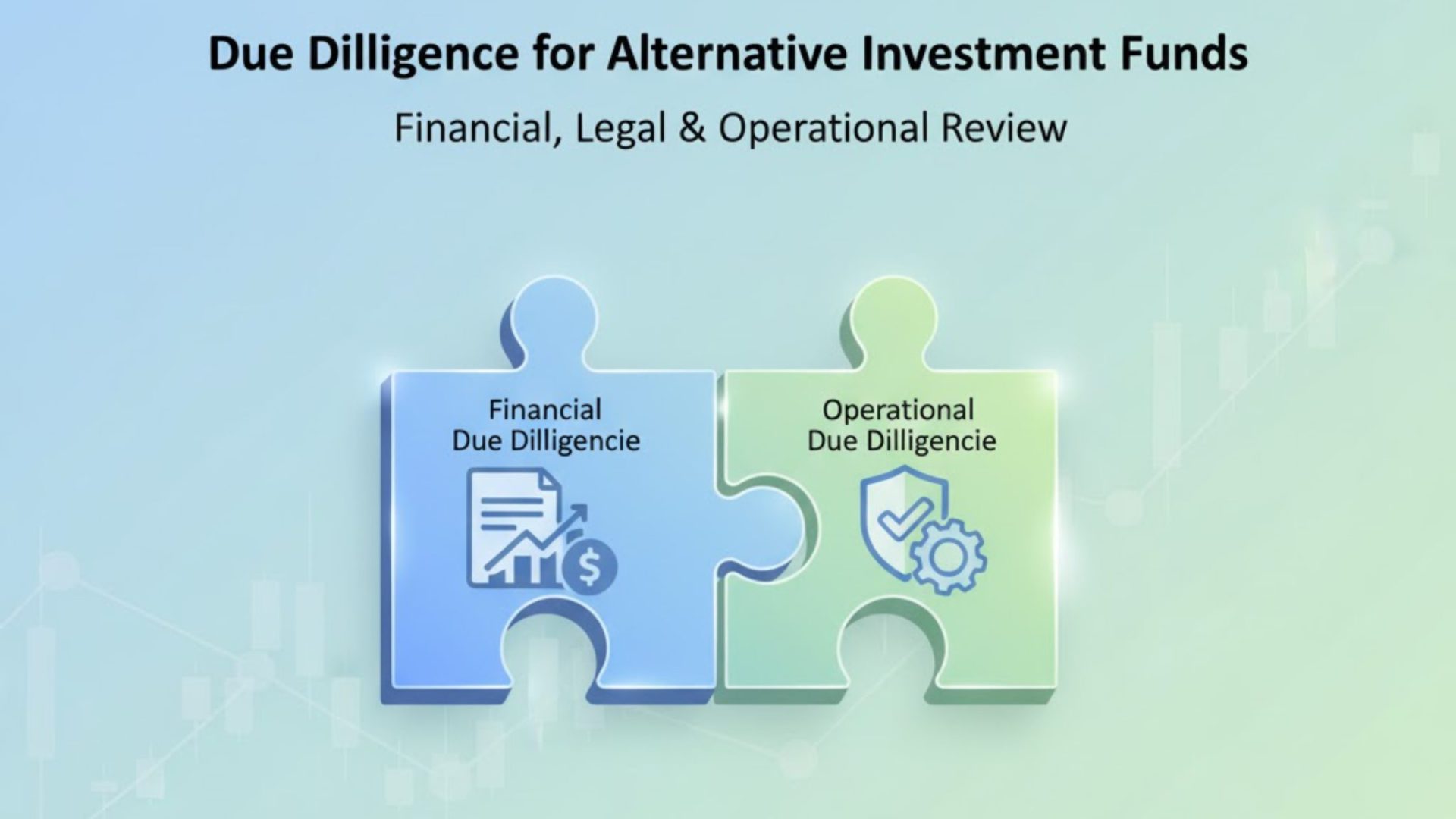How AIFs Are Transforming India’s Investment Ecosystem
Published on 15/5/2025

India’s investment landscape is evolving rapidly. Traditional instruments like fixed deposits, stocks, and mutual funds are no longer the only choices for discerning investors. As wealth creation expands among HNIs (High Net-Worth Individuals) and institutional investors, there’s a growing appetite for diversified, high-yield investment avenues. This shift highlights how AIFs are transforming the way investors approach wealth management by offering access to alternative assets with strong return potential.
This is where Alternative Investment Funds (AIFs) have emerged as game changers. Structured, regulated, and increasingly popular, AIFs are transforming India’s investment ecosystem by offering access to specialized, non-traditional assets.
II. What Are Alternative Investment Funds (AIFs)?
An Alternative Investment Fund is a privately pooled investment vehicle that collects capital from sophisticated investors for investing as per a defined strategy. Unlike mutual funds, AIFs aren’t accessible to retail investors and come with a higher risk-reward profile.
| 🔍 Categories of AIFs in India | Description | Examples |
|---|---|---|
| Category I AIFs | Invest in socially or economically desirable sectors like startups, infrastructure, and SMEs | Venture Capital Funds |
| Category II AIFs | Include private equity funds and debt funds without leverage | Growth Capital Funds |
| Category III AIFs | Use complex strategies like arbitrage and derivatives | Hedge Funds |
AIFs enable exposure to private equity, venture capital, real estate, distressed assets, and more, forming an important part of the AIF structure in India.
III. Growth of AIFs in India’s Financial Market
Over the last decade, AIFs in India have grown exponentially. According to SEBI data, the AIF industry’s committed capital crossed ₹8 lakh crore by 2024—a testament to investor confidence and regulatory clarity.
📈 What’s Driving AIF Market Growth in India?
- Rising HNI and family office investments
- Institutional interest from pension funds and insurance companies
- SEBI’s supportive regulations and clear framework
India’s dynamic startup scene and push for infrastructure development further fuel the attractiveness of the AIF space.
IV. How AIFs Are Reshaping Investment Patterns
AIFs are not just another financial product—they are redefining how capital is deployed in India.
Key Impacts:
- Access to alternative assets: Enables investments in sectors often inaccessible via traditional routes.
- Long-term capital formation: Especially in infrastructure and startup ecosystems.
- Reduced reliance on traditional products: Promotes a more sophisticated, balanced portfolio strategy.
V. Key Sectors Benefiting from AIF Investments
🏗️ Infrastructure
Long-gestation projects in roads, power, and logistics attract Category I and II AIFs, offering stable returns.
🚀 Startups & Venture Capital
Category I AIFs play a crucial role in India’s startup boom, enabling funding across early and growth stages.
🏢 Real Estate
Real estate-focused Alternative Investment Funds (AIFs) provide debt and equity capital to commercial and residential projects, often in Tier 1 and Tier 2 cities.
💡 Fintech & Innovation
Innovation-focused funds support the growth of India’s digital economy, especially in AI, EdTech, HealthTech, and SaaS.
VI. Benefits of Investing in AIFs
For eligible investors, AIFs offer a range of strategic advantages:
📊 Key Benefits:
| Benefit | Description |
|---|---|
| Portfolio Diversification | Access to assets uncorrelated with public markets |
| Professional Fund Management | Managed by expert teams with sector-specific insights |
| High-Return Potential | Especially in private equity and venture capital |
| Risk-Adjusted Returns | Ideal for HNIs and family offices looking for wealth preservation + growth |
VII. Challenges and Risks Involved
Despite the benefits, AIFs aren’t without risks. Understanding them is essential before investing.
⚠️ Key Challenges:
- Limited Liquidity: Most AIFs come with 3–7 year lock-in periods
- High Entry Barriers: Minimum investment of ₹1 crore
- Regulatory & Operational Risks: Requires thorough due diligence and fund transparency
VIII. Regulatory Support and Future Outlook
India’s regulatory framework has actively supported the growth of AIFs.
🔍 Recent SEBI Reforms:
- Greater transparency in reporting
- Framework for special situation funds and ESG-compliant AIFs
- Encouraging co-investment structures for better alignment with investors
🚀 Future of AIFs in India:
- Expect strong growth in private debt funds, tech-focused VC funds, and green infrastructure AIFs
- The government pushes for alternative capital channels beyond traditional banks
IX. Conclusion
Alternative Investment Funds in India are no longer niche—they are central to the modern investment ecosystem. They are helping build infrastructure, support innovation, and offer high-quality opportunities to discerning investors.
For India’s economic and capital market evolution, AIFs are an essential piece of the puzzle.
If you’re looking for diversification, long-term value, and access to specialized sectors, AIFs deserve a place in your investment portfolio. Partnering with expert firms like Inspirigence Advisors can help you navigate the AIF landscape with strategic insight and customized investment solutions.
Also Read:- Why AIFs Have Become Popular Among HNIs(High Net-Worth Individuals)?


